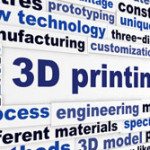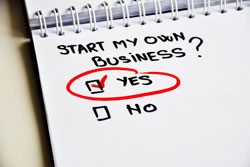
Many countries came to use gold and silver coins as currencies for centuries. However, during the worldwide depression of the 1930s, every industrialized nation ceased using the gold standard, subsequently severing the close link between the value (and quantity) of gold and the value of money.
Despite this, gold continues to be a sought-after commodity due to its scarcity and reputation as a hedge against monetary or societal collapse. But does it deserve a place in your portfolio?
Gold in Modern Civilization
Today, gold is available in several forms, including the following:
Historic Collectors’ Coins
Minted as currency by many countries, these coins are now collected as much for their numismatic value as their gold content. Like other collector’s items, such as stamps and fine art, only experts, or those who have access to experts, should consider this investment.
Collector Gold Coins
Issued by countries and commercial businesses, these coins are priced according to their weight and purity. The more popular coins are the Canadian Maple Leaf, the South African Krugerrand, and the American Eagle.
Gold Bars
Available by weight of one gram, one ounce, ten ounces, and one kilo (32.15 ounces) generally with 99.99% purity, bars are also referred to as “gold bullion.” A standard gold ingot like that found in the U.S. Fort Knox Depository, and commonly depicted in movies, is seven inches long, three and five-eighths inches wide, and one and three-quarters inches high, and weighs 27.5 pounds. At current market prices, an ingot would have a value in excess of $500,000, much too expensive to support an active investor market.
Common Stock of a Gold Mining Company
Ownership in a company whose sole business is the search and discovery of gold, and the potential value of the element in the resources not yet produced is a common type of gold investment.
Gold Exchange Traded Fund (ETF)
A gold ETF does not typically hold gold as a commodity, but tracks its price with a combination of financial derivatives.
Gold Exchange Traded Notes (ETN)
A gold ETN is a debt security that’s value fluctuates based upon the price of the underlying index – in this case, the price of gold. While this investment includes credit risk, the benefit of being taxed as a long-term capital gain rather than paying ordinary interest exists with this vehicle.
Gold is not money or currency, but an investment which must be converted into money before it can be used to purchase other assets. Of course, individuals and businesses can agree to exchange an amount of gold for a service or product – as was done for centuries – but it would require negotiation about the relative value of each, a timely and potentially risky process for both parties.
Read more . . .



